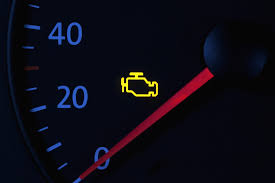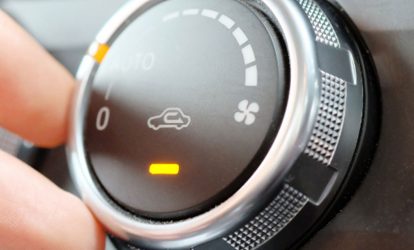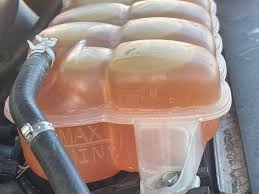Will You Fail Emissions with the Check Engine Light On?

If your check engine light is on, you may be wondering if it will cause you to fail an emissions test. The short answer is yes, having the check engine light on can cause you to fail an emissions test, but it depends on the specific issue that triggered the light.
Why Does the Check Engine Light Turn On?
The check engine light can illuminate for a variety of reasons, many of which are directly related to your vehicle’s emissions system. Common reasons for the light to come on include:
- Faulty oxygen sensors
- Worn-out catalytic converter
- Loose or damaged gas cap
- Emissions control system malfunction
- Misfiring engine or faulty spark plugs
When the check engine light is on, your vehicle’s onboard diagnostics (OBD) system stores trouble codes that correspond to specific issues within the engine or emissions system.
How the Check Engine Light Affects Emissions Testing
1. OBD-II Systems and Emissions Testing
Modern vehicles are equipped with OBD-II systems that monitor and report emissions-related components. During an emissions test, the system is checked for error codes that indicate problems with the vehicle’s emissions system. If the check engine light is on, the system may detect a fault that directly impacts emissions.
2. Emissions Test Failure
If the check engine light is on, it often means that the vehicle has an emissions-related issue that needs attention. In many regions, the emissions test will fail if the OBD-II system detects:
- Error codes related to emissions control systems
- A non-functional catalytic converter
- Oxygen sensor malfunctions
In these cases, the vehicle will not pass the emissions test until the issue is resolved and the check engine light is turned off.
3. Readiness Monitors
In addition to the check engine light, your vehicle will need to pass a series of readiness monitors during an emissions test. These monitors check if the vehicle’s emissions systems are working correctly. If the check engine light is on and the monitors are not set, your vehicle may fail the test.
What Happens If You Fail Emissions with the Check Engine Light On?
If your vehicle fails the emissions test due to a check engine light or any related error codes, you’ll need to take the following steps:
1. Diagnose the Issue
Get your car diagnosed by a mechanic to understand the specific problem causing the check engine light to stay on. They can use an OBD-II scanner to retrieve the error codes and pinpoint the issue.
2. Repair the Issue
Based on the diagnosis, repair the underlying issue. Common repairs may include replacing a faulty oxygen sensor, fixing a gas cap, or replacing the catalytic converter.
3. Clear the Codes and Reset the System
Once the issue is repaired, the mechanic will clear the error codes from the OBD system and turn off the check engine light. After repairs, you should wait for a few driving cycles to allow the OBD-II system to perform self-tests and reset the readiness monitors.
4. Retake the Emissions Test
Once the check engine light is off and the system is ready, you can retake the emissions test. If all components pass, you should be able to pass the test.
FAQs
1. Can I pass emissions if the check engine light is on but the car runs fine?
No, even if the car runs fine, a check engine light indicates that there is an issue that could affect emissions, and your vehicle will likely fail the emissions test.
2. Can a faulty gas cap cause the check engine light to come on and fail emissions?
Yes, a loose or damaged gas cap can trigger the check engine light and lead to a failure of the emissions test. It’s a simple fix, but it can still result in a failed test.
3. What if my check engine light is on but there is no error code?
If there are no error codes, the problem might be intermittent or minor. However, your vehicle will still fail the emissions test until the light is turned off and the system is checked.
4. Will clearing the codes let me pass emissions?
Simply clearing the codes may not be enough. You need to ensure the underlying issue is repaired, and the OBD-II system needs to reset readiness monitors before passing the emissions test.
5. How long does it take for the readiness monitors to reset after fixing the issue?
Typically, it takes a few driving cycles (around 50-100 miles of regular driving) for the system to complete its self-tests and reset readiness monitors.
Conclusion
If your check engine light is on, you’re likely to fail an emissions test. The check engine light is a signal that there’s an issue with the emissions system or another critical engine component. To pass the test, it’s important to have the vehicle diagnosed, fix the underlying issue, clear the error codes, and then retake the test once the system is ready. Regular maintenance and prompt attention to any engine issues will help you avoid failing emissions tests and keep your car running smoothly.





